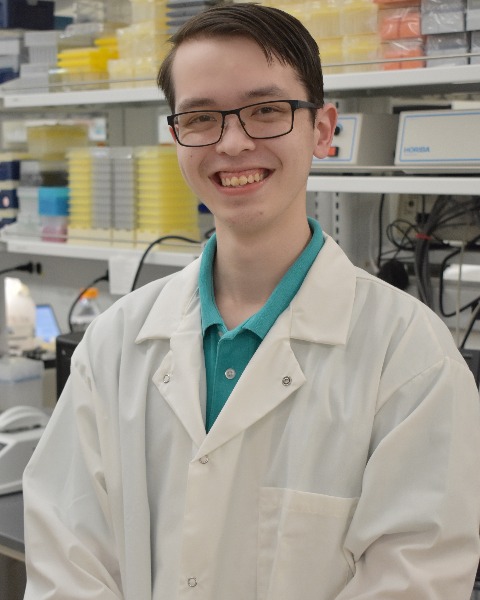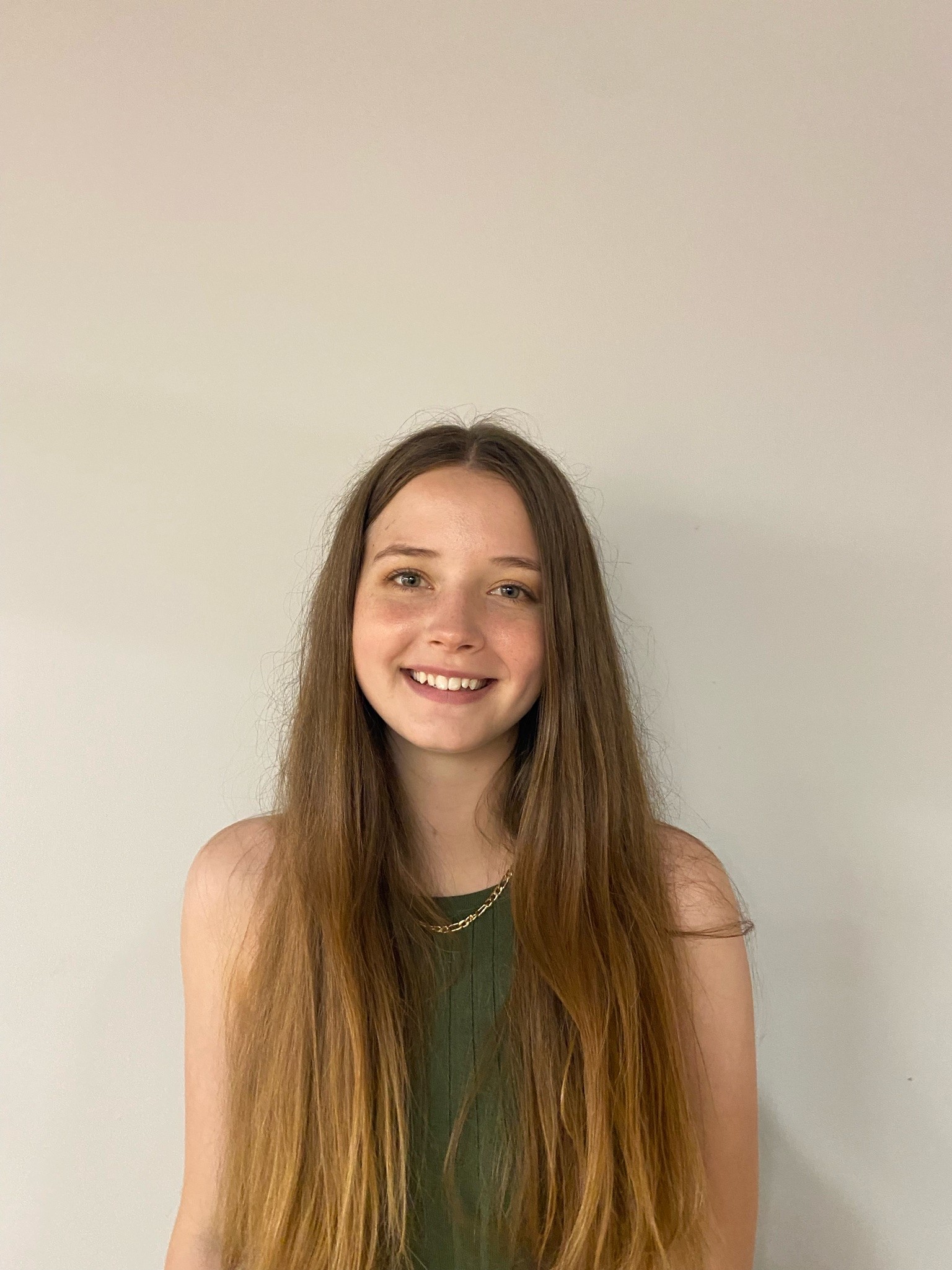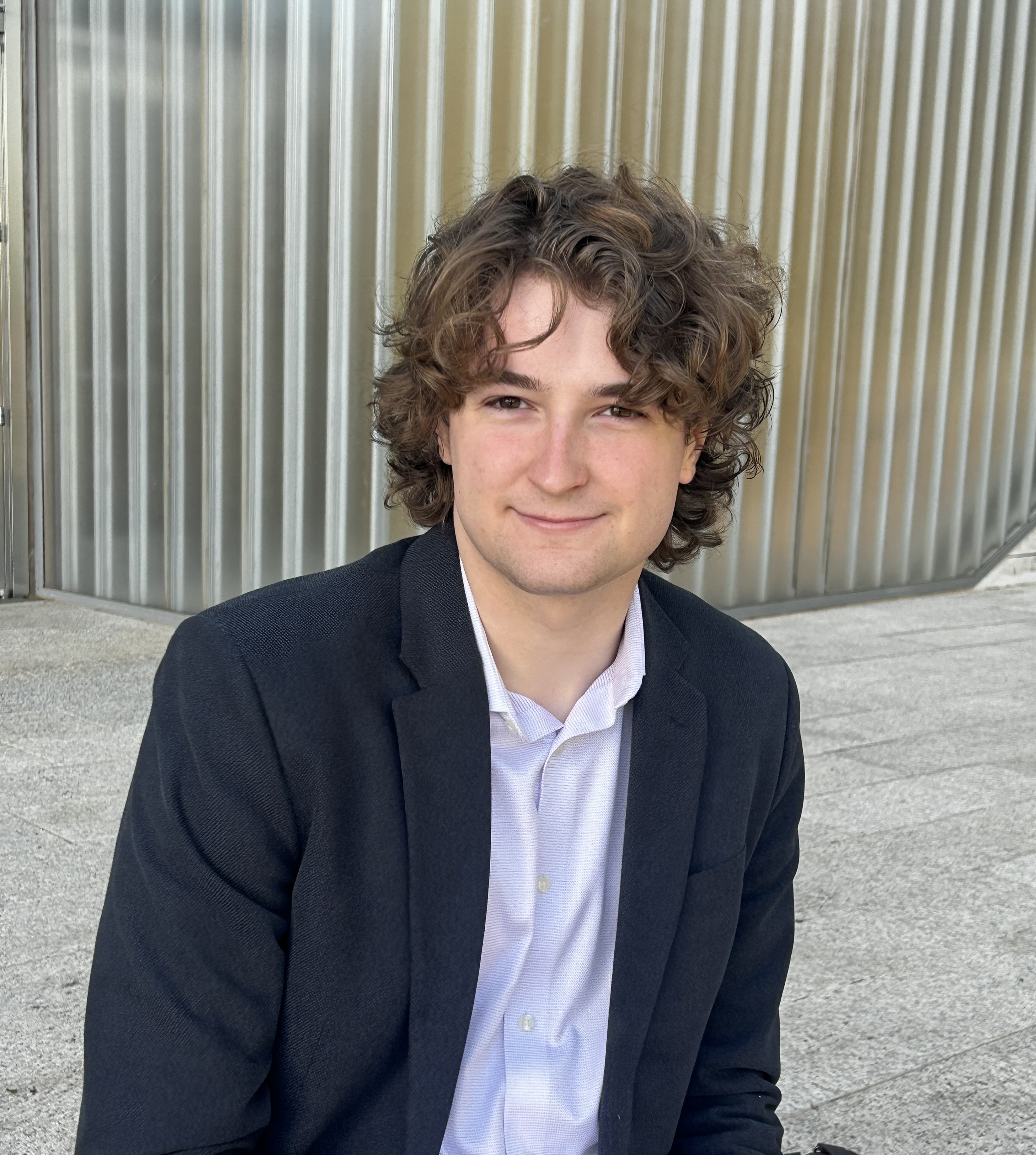Nano and Micro Technologies
(J-373) Towards the Preparation of Nanomedicines at the Point of Care

Hamilton Young
Assistant Researcher
University of Oklahoma Biomedical Engineering Society
Oklahoma City, Oklahoma, United States- YH
Yuxin He
Graduate Research Assistant
University of Oklahoma, United States - NM
Nathan F. Mjema, n/a
Student - Undergraduate Researcher
Vanderbilt University
Edmond, Oklahoma, United States 
Bryan S. Joo
High School Student
Norman North High School
Norman, Oklahoma, United States
Amberlynn L. Demko
Undergraduate Researcher
University of Oklahoma
McKinney, Texas, United States- SF
Sam Ferguson
Undergraduate Research Assistant
University of Oklahoma, United States - SB
Sarah Butterfield
Lab Technician
University of Oklahoma, United States 
James B. Lowe
Undergraduate researcher
University of Oklahoma, United States
Vinit M. Sheth
Graduate Research Assistant
University of Oklahoma
Norman, Oklahoma, United States- MR
Maria J Ruiz Echevarria
Associate Professor
University of Oklahoma Health Sciences Center
Oklahoma City, United States - SW
Stefan Wilhelm
Associate Professor
University of Oklahoma, United States - LW
Luke Whitehead
Undergraduate Research Assistant
University of Oklahoma, United States
Presenting Author(s)
Co-Author(s)
Last Author(s)
Co-Author(s)
We present a novel and cost-effective platform for the synthesis of organic nanoparticles (ONPs). Current gold-standard continuous-flow synthesis procedures require expensive and sophisticated commercial products limiting the accessibility and broad use of ONPs. There is a need to develop simple and cost-effective synthesis procedures for ONPs. Here, we constructed a simple, cost-efficient fluidic device using a commercially available Ender3 3D printer to synthesize liposomes, PLGA-nanoparticles, and lipid nanoparticles (LNPs) via cost-effective mixing equipment (Figure 1). The goal of this study is to show that this platform can optimize ONP formulation for a variety of organic compounds while ensuring the particles are safe and effective for cell work.
Materials and Methods::
ONP size and encapsulation efficiencies of target drugs were investigated through systematically changing flow rate parameters. For liposomes and LNPs, different lipid compositions were dissolved in ethanol and ran through a t-mixer against an aqueous buffer. The flow rate ratio (FRR) between the volumes was adjusted to produce particles of different sizes. LNPs were synthesized with a pH 4 citrate buffer and dialyzed against 1x PBS overnight. For PLGA-nanoparticles, 50:50 PL:GA was dissolved in Dimethyl sulfoxide and ran against 0.5% polyvinyl acid in 1x PBS using a cross mixer at different total flow rates (TFR). The resulting particles were characterized using DLS to determine size and polydispersity. Encapsulation efficiencies were quantified using their respective assay. These syntheses were repeated with different lipid, PLGA, and drug compositions to further emphasize the applicability of this platform. To monitor uptake, varying concentrations of fluorescently labeled LNPs were incubated with 22Rv1 prostate cancer cells for different time periods. The cells were washed and fluorescence was quantified using a Biotek Plate Reader. Cytotoxicity was determined in RAW 264.7 murine breast cancer macrophages using a commercially available XTT viability assay, comparing anti-prostate cancer (toxic) and control siRNA-loaded LNPs to a cell-only group. Transfection ability was determined in the same cells after incubation with LNPs loaded with 30 nM toxic or control siRNAs, using cell confluency as a surrogate for growth, which accounts for the effect of the toxic siRNA. The results were compared with those obtained using a commercially available transfection method (Dharmacon).
Results, Conclusions, and Discussions::
Liposome, LNP, and PLGA-NP size changed as the FRR and TFR were modified, respectively, indicating that ONP size can be tuned through manipulating flow rate parameters during synthesis. Liposome size increased from 60 nm to 120 nm as the FRR decreased from 15 to 3. LNP size peaked at 100 nm with a FRR of 7 and decreased with other FRRs (Figure 2). PLGA-NP sizes decreased from 125 nm to 85 nm as the TFR was increased. They also exhibit polydispersities below the acceptable threshold, indicating that this platform produces quality nanoparticles whose size can be tuned for specific applications. Additionally, encapsulation efficiencies of 20% (Dextran), 95% (siRNA), and 15% (Rosiglitazone), were obtained, indicating that the particles efficiently trap their respective drug. Consistent results were obtained after changing the organic composition of the syntheses, further increasing the applicability of this device. Liposomes synthesized with medium and soft lipid rigidities exhibited sizes of 90 and 40 nm, respectively. mRNA-encapsulating LNPs exhibited sizes of 70 nm and an encapsulation efficiency of 97%. PLGA-PEG polymers produced nanoparticles sized 110 nm. LNP uptake gradually increased as the dose concentration and incubation time increased, with the greatest uptake observed in the 30 nM siRNA-LNP at 24 hours (p < 0.05). XTT assay results indicate that cell viability was not affected with 15 and 30 nM siRNA-LNP dosage after 24 hours (p > 0.05). Finally, 22Rv1 cells that were dosed with 30 nM siRNA-LNPs showed a remarkablysignificantly lower confluency after 196 hours compared to the negative control and Dharmacon transfection protocol, indicating that siRNA-LNPs synthesized through this Ender3 platform possess enhanced transfection abilities. In conclusion, we offer a method to synthesize a variety of ONPs through a cost-effective syringe pump platform, and the resulting ONPs can encapsulate target molecules and are safe and effective in cells.
Acknowledgements (Optional): :
References (Optional): :
